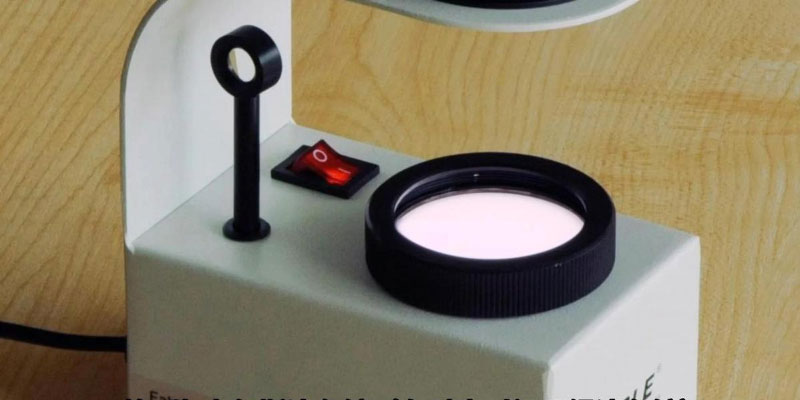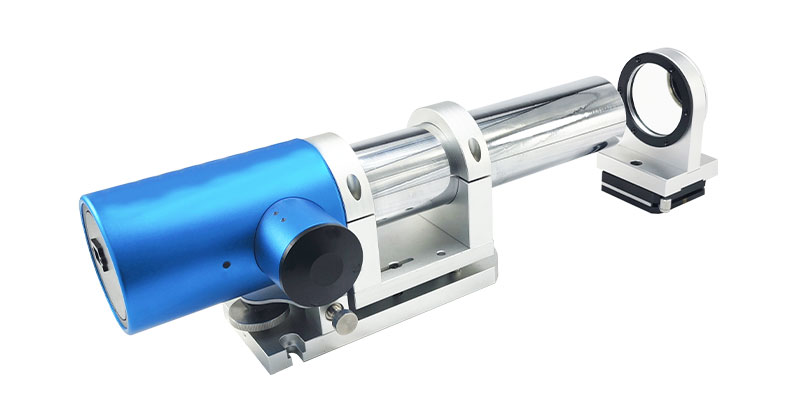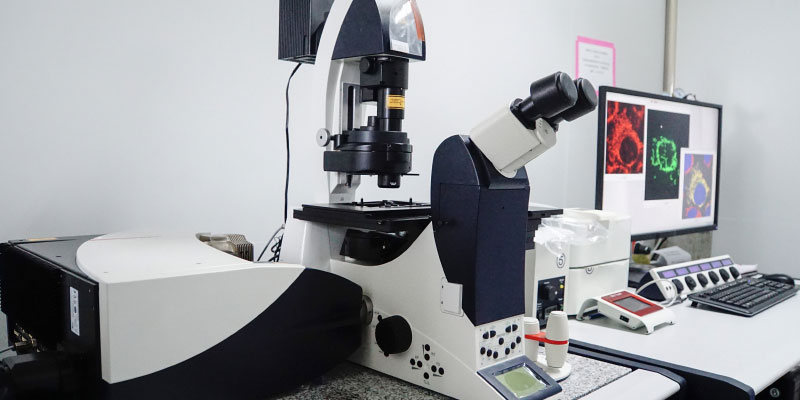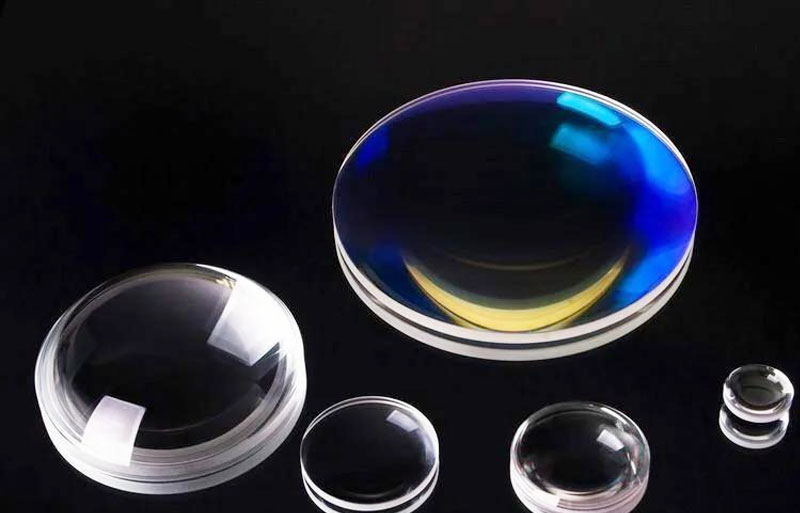
Five Crucial Optical Lens Parameters in Detailed,Here are five crucial factors that are involved in the design and choosing of optical lenses:
The focal length (f):
The focal length is a lens’s fundamental parameter that shows how far the focus point is from the lens’s center. The focal length is negative for concave lenses (diverging lenses) and positive for convex lenses (converging lenses). The lens’s capacity to bend light increases with decreasing focal length.
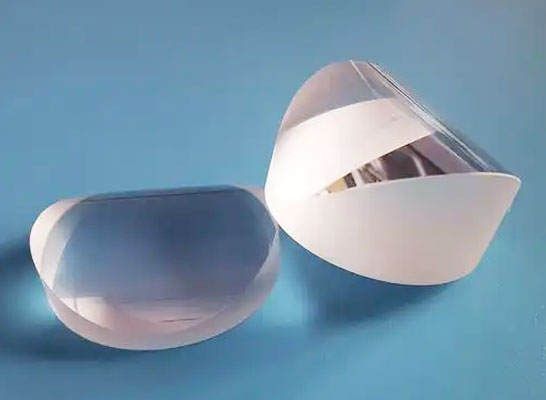
Index of Refraction (n):
The ratio of the speed of light in a vacuum to the speed of light in lens material is known as the refractive index. The optical characteristics of the lens are influenced by the refractive indices of various materials. The refractive index of typical optical glass, for instance, ranges from 1.5 to 1.9. The lens can have the same optical effect at a thinner thickness thanks to materials with a higher refractive index.
Curvature Radius (R1 and R2):
Each of a spherical lens’s two surfaces has a radius of curvature, and they are both a component of a sphere. The lens’s radius of curvature is positive if one of its surfaces is convex, and negative if it is concave. The focal length of the lens is determined by its two radii of curvature as well as other optical characteristics like its thickness and refractive index.

Diameter (D):
The size of a lens’s physical dimensions, or diameter, dictates the beam’s size and the amount of light that can flow through it. Depending on specifications like luminous flux, a lens with the right diameter must be chosen when designing an optical system.
Thickness at the Center (t):
The thickness of the lens’s center is known as the center thickness. It influences characteristics like the lens’s aberration and is correlated with the focal length, radius of curvature, and refractive index. To guarantee compactness and optical performance, the center thickness of the lens must be taken into account while building an optical system.
Since these factors collectively affect the lens’s optical performance, they must be carefully taken into account while choosing and creating lenses.
optlenses
Related posts
Dichroic Mirror: A Reliable Assistant in Gemstone Identification
What is the Iris Diaphragm Microscope?
What is an collimator and its application fields?
Confocal Microscopy:The Pioneer of High-Precision Imaging
